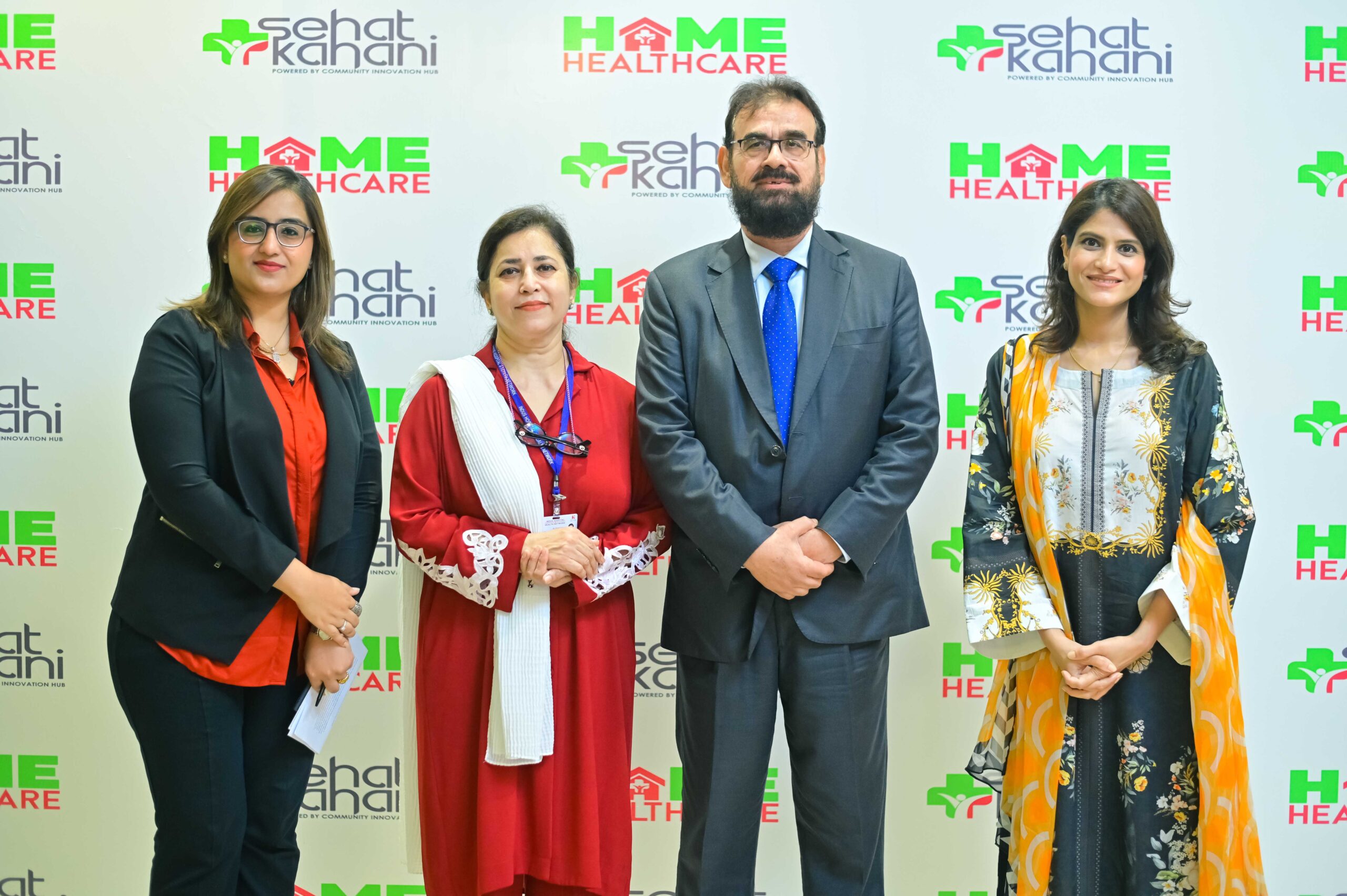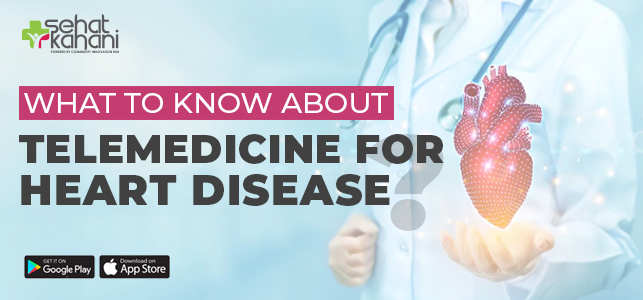
Introduction
According to WHO statistics from 2016, heart disease caused 19% of all deaths in Pakistan, killing around 250,000 people annually. WHO has discovered a 29 percent rise in Pakistan’s overall heart disease-related mortality, which now account for almost 406,870 deaths annually. Considering this alarming rise in the rate of mortalities in Pakistan due to heart diseases, it can be estimated that there is a major lacking in the healthcare system.
In Pakistan, widespread cardiovascular diseases affect one in every four middle-aged adults. To fight the epidemic of cardiovascular diseases in South Asia, a combined and efficient effort is required. To counter these problems, the concept of telemedicine surfaced in Pakistan as well. After the outbreak of the COVID-19 pandemic, many people were drawn toward the concept of telemedicine.
This blog covers a detailed account of the ways telemedicine can be utilized in the treatment of heart diseases. It also entails the merits along with the limitations of using telemedicine for the treatment of heart disease.
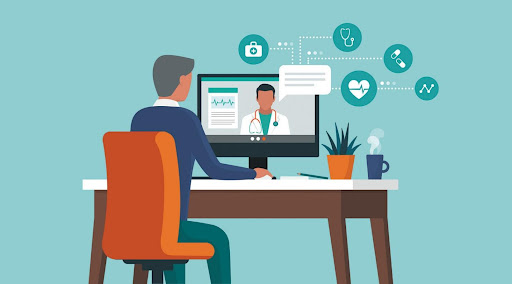
What is telemedicine?
With modern automation and modernization, people are more drawn toward the concept of home deliveries on one click. Starting from food delivery to ordering services at home, telecommunication has made everyone’s life easier. Similarly, telemedicine is the connection of doctors to their patients online. By utilizing the advancements in telecommunication, telemedicine helps medical practitioners to assess, diagnose, and cure patients from a distance. The strategy has undergone a significant transformation in the past ten years, and it is becoming a more crucial component of the healthcare system.
During the initial times of telemedicine, it was used to connect doctors and specialists in one area to the other. Rural areas tend to get the most benefits from telemedicine. The usage of the strategy, while expanding, has been constrained over a several decades since the technology required to conduct remote visits remained pricy and complicated.
The practice of telemedicine went through a series of important reformations with the advent of the internet age. As an alternative to in-person visits for both general and specialist care, the widespread use of smart devices with high-quality video transmission capabilities has made it possible to provide remote healthcare to patients anywhere and everywhere.
Telemedicine for Heart Disease
Heart diseases have unfortunately become a common condition worldwide which if not taken proper care of can turn fatal. Heart diseases impose a heavy financial and logistical burden on patients and their families. The objectives of heart disease management include symptom improvement, functional capability, quality of life improvement, patient empowerment, hospitalization, death reduction, and economic and logistical burden reduction.
The current healthcare delivery systems must be improved to accomplish all of these objectives. It is a good idea to access telemedicine for the management of heart diseases as chronic heart patients require long termed treatment coupled with regular checkups. Telemedicine can be used by heart patients for the following;
- To discuss any new symptoms and pharmaceutical adverse effects with your healthcare professional
- For regular routine checkups
- To gain risk-factor reduction and lifestyle advice from your doctor
- To get prescriptions of delivery or pick-up drugs approved
- To reduce the risk of catching any contagious infectious diseases
In telemedicine visits or online consultations, just like regular consultations, the doctor or specialist goes through your medical history, asks you about your concerns, and takes vitals. To take vitals, either the doctor will ask you for the relevant information or conduct a physical exam using the camera. For this reason, sensors can also be utilized. Sensors are devices that can recognize, record, and react to particular inputs coming from a physical environment (such as a patient’s vital signs), and they are becoming more and more integrated into smartphones and other mobile devices. Large digital datasets are produced by the recording and measurement of biological variables using sensors, which are appropriate for real-time transmission to healthcare and non-healthcare experts. Numerous computer applications could result from these occurrences, and they are likely to influence changes in both doctor-patient interactions and healthcare economic models.
Sehat Kahani is a one-stop telemedicine solution for various health care and primary health issues. You can trust Sehat Kahani in your journey from diagnosis to treatment. At Sehat Kahani, we have well-experienced cardiologists that you can connect with by booking an appointment using our application.
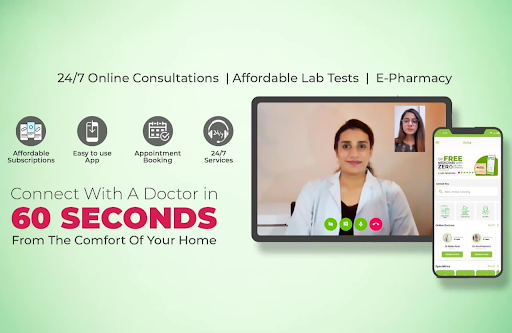
Benefits of telemedicine in treating heart disease
Following are the key benefits of telemedicine in the treatment and management of heart diseases.
Timely and immediate attention
Most diseases require timely attention. However, the condition of a cardiac patient, for example during a heart attack, can change within a matter of seconds which is why immediate attention is required. Using the technology of telemedicine, you can connect to a doctor within a matter of seconds which can be life-saving at times.
Remote areas where specialists are not available can get sound medical advice
Some patients who require a specialist’s treatment must travel great distances and spend a lot of time at each appointment. Remote areas of Pakistan especially lack sound and efficient healthcare facilities. In that instance, you and your primary care physician can use telemedicine to benefit from the knowledge of distant specialists. You want to visit the best expert when it comes to significant health issues, not the one who is closest to you.
Cuts transportation time and cost
You can save money on gas, parking, and public transit when you visit your doctor online or via your mobile device. Even better, you don’t waste time traveling or run the danger of getting stuck in traffic, which would cause you to miss your appointment or, worse still, make you late for returning to work.
Less susceptibility to catching a new disease
Where can you discover a lot of sick folks with certainty? Obviously at the doctor’s office. Despite everyone’s best efforts, it is always possible for one patient to contract a disease from another, especially in busy waiting areas. Staying at home allows you to receive the care you require without running into the danger of being exposed to others or of spreading your disease to them.
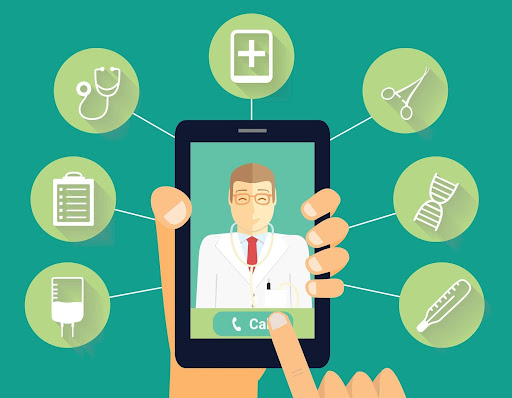
Limitations of telemedicine in treating heart disease
Even with modern innovations, telemedicine hasn’t been successfully able to replace in-person appointments. Some of the limitations of using telemedicine for the management of heart diseases include;
Likelihood of technical difficulties
Technology is not perfect and sometimes has issues that affect how well treatment is delivered. If you are not feeling well, you most likely would not want to spend 15 minutes asking “Am I audible?” or “Am I visible?”. Dropping signals in the middle of an appointment can also be frustrating for both the patient and the doctor and can hinder effective treatment.
Decreased compatibility of both patients and doctors with digital technologies
In an underdeveloped country like Pakistan, one cannot expect everyone to be fully aware of the correct usage of technology. Not just underprivileged masses, but even highly qualified doctors struggle to keep up with the latest technologies and their use which can obstruct your treatment.
Telemedicine cannot be the ultimate solution
For the management of heart diseases, you cannot entirely rely on telemedicine. People with chronic heart diseases require regular checkups and medical examinations to note the efficacy of their treatment plan. Keeping this in mind, telemedicine can be used to get immediate attention and for regular checkups but it is not the ultimate solution and patient has to visit the hospitals for screenings after all.
Patients might tweak their vitals
For a telemedicine visit, the doctors have to ask the patients to take their own vitals. Patients for a variety of reasons might not be able to take the correct readings which can result in a faulty diagnosis and treatment.
Future of telemedicine in the management of heart disease
The multidisciplinary integrated care for heart diseases may be advanced by the use of telemedicine. Pakistan is still in the very early stages of using telemedicine in heart disease management, notwithstanding the first attempts.
The 2019 coronavirus pandemic resulted in a rise in the use of telemedicine considering the worldwide lockdowns. However, the use of telemedicine persisted even after the elimination of the risks of the coronavirus and its distancing protocols. Medical operations performed in person are gradually moving to a virtual environment because of telemedicine. It has the potential to reduce geographic disparities and increase access to healthcare from anywhere, anytime. It encourages improvements in the effectiveness of the healthcare system and enhances patient empowerment and self-management.
Artificial intelligence can improve telemedicine greatly in the future in conjunction with human intervention by assisting with the challenges of multi-comorbidity management in heart diseases. This will contribute to more individualized treatment of heart patients. Managing the massive amount of data produced by telemedicine will undoubtedly become ever more crucial as time goes on and advancements in artificial intelligence will help in that.
In the future, patient data will be automatically screened, and a hierarchical automated efferent loop will be set up, resulting in automatic communication with the patient in the case of minor physiological deviations, or communication with either the nurse or the doctor, depending on the increasingly severe detected abnormalities. To boost patient active participation in heart disease self-management, AI may also help patients improve their technology and health literacy.
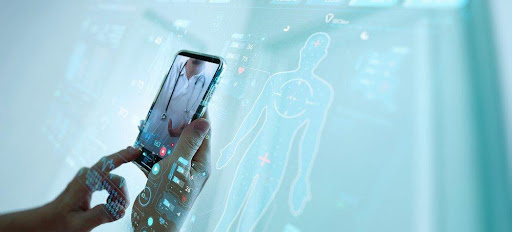
Conclusion
A relatively young but rapidly growing area of healthcare industry is the use of telemedicine. To help decrease re-hospitalization in patients with heart diseases, telemedicine may offer a long-term, affordable, and patient-centered strategy. With increasing innovation and automation, this field is predicted to grow to new horizons in the future. Telemedicine can play a valuable and beneficial role in the treatment and management of heart disease. With all the benefits of telemedicine, some limitations exist as well. However, the benefits outweigh any challenges that may occur.


